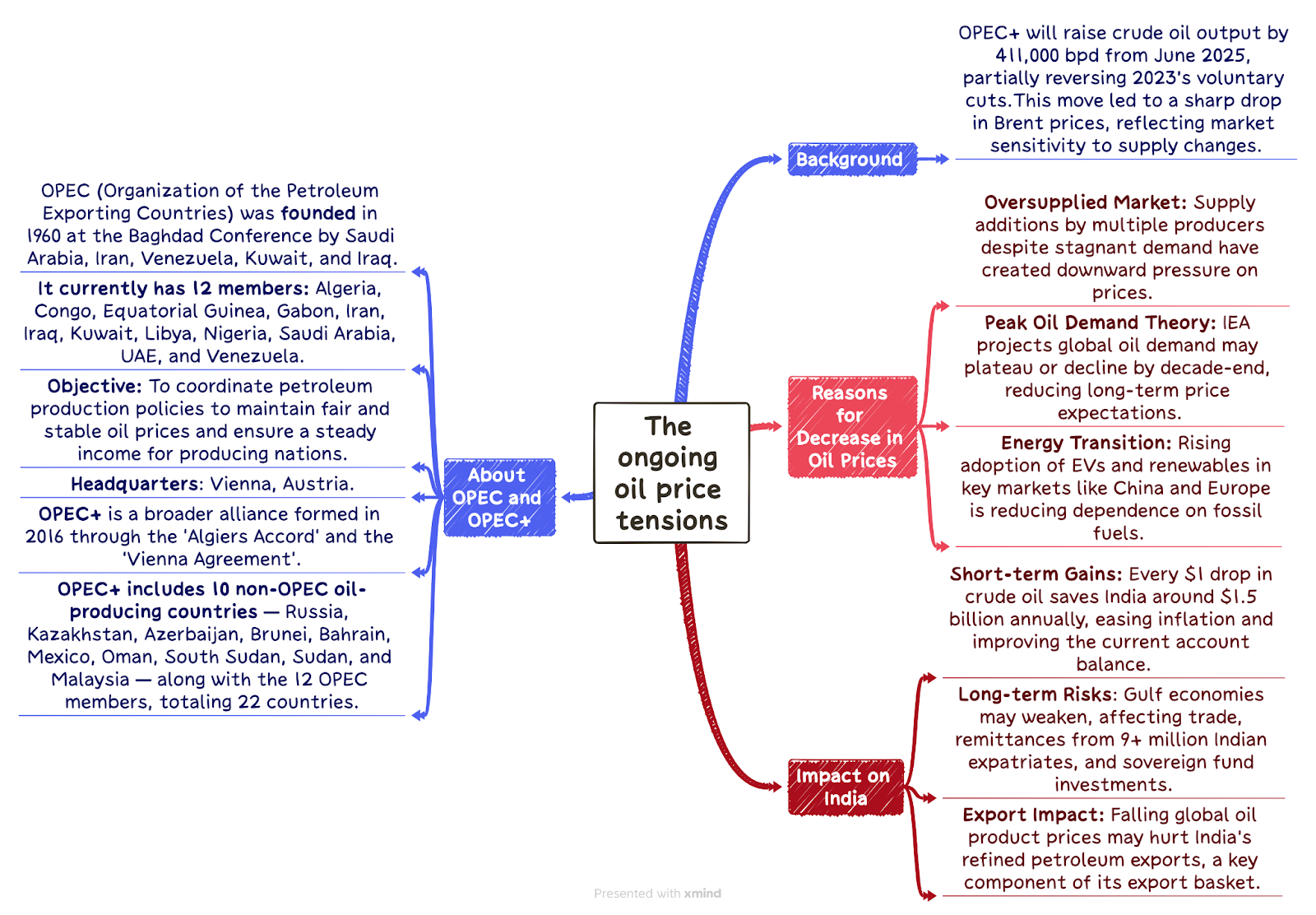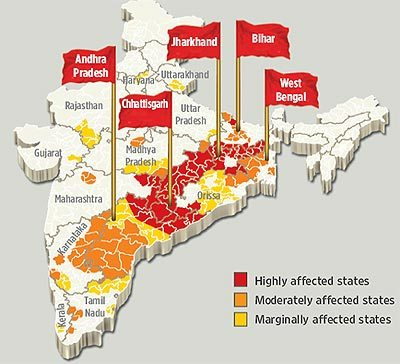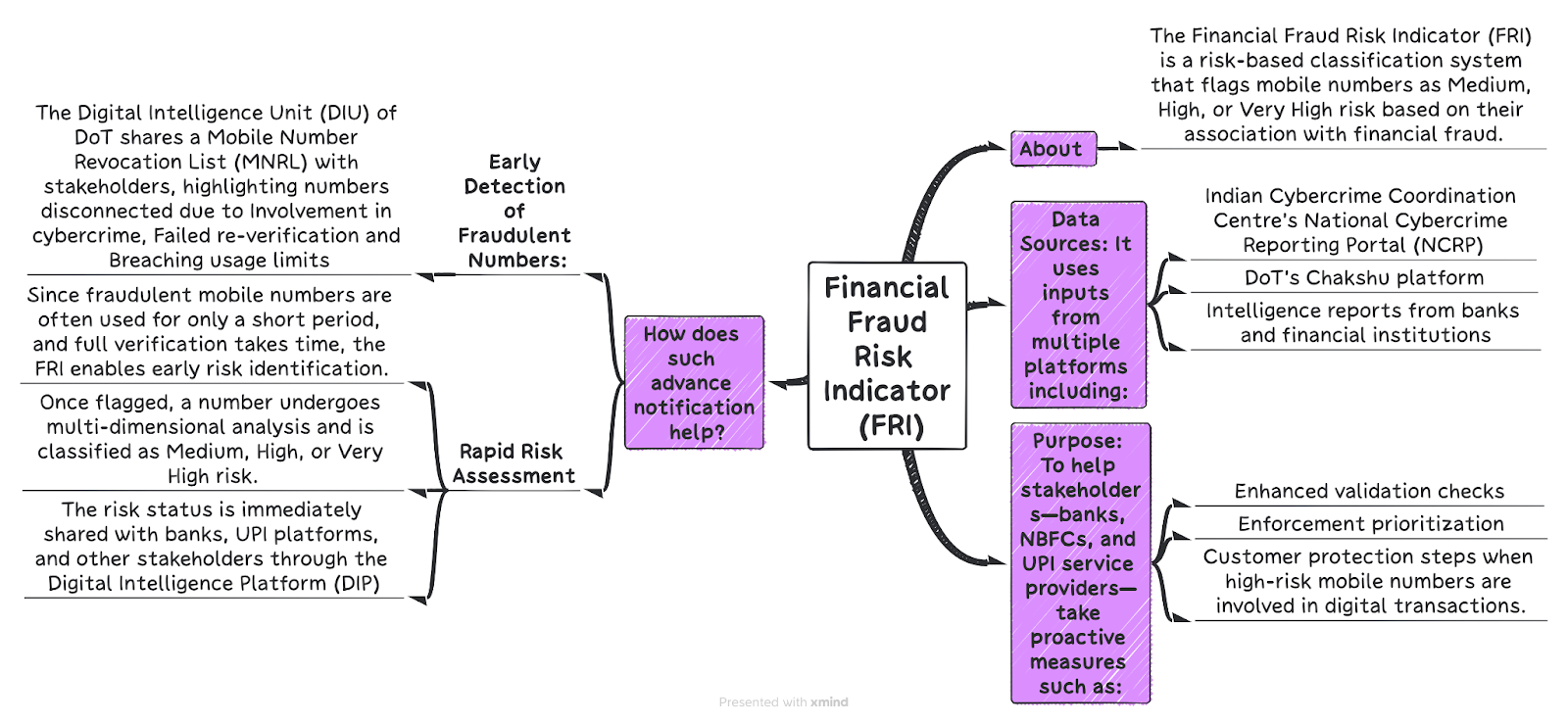Polity and Governance
The Veeraswami case: When can a sitting judge face an FIR?- Indian Express
Vice President Jagdeep Dhankhar questioned the constitutional validity of the Supreme Court's in-house inquiry into unaccounted cash found at Justice Yashwant Varma’s residence. FIR against the judge and urged a relook at the SC’s 1991 K. Veeraswami judgment, which restricts filing criminal cases against sitting judges without prior sanction.

Notable Cases of Judicial Misconduct Proceedings
- Justice V. Ramaswami (1991): First judge to face an impeachment motion over charges of misuse of office and funds. The motion failed in the Lok Sabha due to lack of majority support.
- Justice Soumitra Sen (2009): Faced charges of fund misappropriation during his tenure in the Calcutta High Court. The Rajya Sabha passed the motion in 2011, but he resigned before the Lok Sabha could act.
- Chief Justice Dipak Misra (2018): Accused of judicial misconduct and undermining judicial independence. The Rajya Sabha Chairman rejected the motion citing insufficient grounds.
ECONOMY
The ongoing oil price tensions - The Hindu
Global oil demand is nearing a plateau, with the International Energy Agency (IEA) projecting just 0.73% growth in 2025 despite low prices. The idea of 'peak demand'—once considered unlikely—now seems more credible, with forecasts pointing to a consumption peak before 2030.

Society
Top 10 Indian states/UTs with highest and lowest literacy rates: Mizoram becomes 1st ‘fully literate’ state- Indian Express
Mizoram has become India’s first fully literate state, officially surpassing the 95% literacy rate benchmark set by the Ministry of Education.

Literacy
- According to the Census of India, a person aged 7 years and above who can read and write with understanding in any language is considered literate.
- Since the 1991 Census, children aged 0–6 years are automatically classified as illiterate, and only those aged 7 and above are assessed for literacy status.
- Formal education is not a requirement for being considered literate; the person must simply be able to read and write with comprehension.

Internal Security
Top Maoist among 27 killed in Chhattisgarh- The Hindu
Twenty-seven Maoists, including Nambala Keshav Rao (also known as Basavaraju), the general secretary of the banned Communist Party of India (Maoist), were killed in an anti-Naxal operation in Narayanpur district, Chhattisgarh. Union Home Minister Amit Shah confirmed the operation and reaffirmed the central government’s commitment to eradicate Naxalism by March 2026.
What is Naxalism
- Naxalism is a militant communist insurgency in India that began in the late 1960s, named after the Naxalbari village in West Bengal where a peasant uprising first took place.
- It involves several Maoist-oriented groups claiming to represent marginalized communities like tribal people and Dalits. These groups have waged guerrilla warfare against the state, targeting landlords, politicians, and security forces, and control large areas in eastern India.
- The government considers them terrorist organizations and has been engaged in ongoing counter-insurgency operations to eliminate their influence.
Causes of Naxalism:
- Economic inequality and lack of jobs for marginalized groups
- Tribal displacement due to mining, deforestation, and denied forest rights
- Poor infrastructure and basic services
- Weak governance and corruption
- Political exclusion of Dalits, Adivasis, and landless peasants
Government Responses:
- Deployment of CAPFs and specialized anti-Naxal forces
- Infrastructure and development projects like Road Connectivity and Aspirational Districts programs
- Surrender and rehabilitation schemes for former Naxals
- Strengthening intelligence with Multi-Agency Centers and UAV surveillance
- Skill development programs such as PMKVY for employment
Moaist Affected states

China, Pakistan decide to include Afghanistan in CPEC- The Hindu
- The China-Pakistan Economic Corridor (CPEC) is set to be expanded to include Afghanistan, following a trilateral meeting held in Beijing between the Foreign Ministers of China, Pakistan, and Afghanistan. This move aims to deepen regional connectivity and economic cooperation under China’s Belt and Road Initiative (BRI).
- India has raised strong objections, as the CPEC passes through Pakistan-occupied Kashmir (PoK), a territory claimed by India. The development also comes shortly after a warming of ties between India and the Taliban regime in Afghanistan.
What is China-Pakistan Economic Corridor (CPEC)
The China-Pakistan Economic Corridor (CPEC) is a 3,000-km infrastructure corridor that connects China’s Xinjiang province to the Gwadar Port in Pakistan’s Balochistan. It is a bilateral initiative between China and Pakistan, aimed at enhancing connectivity through:
- Road, rail, and pipeline networks
- Energy and industrial projects
- Development of ports and economic zones
CPEC provides China strategic access to the Indian Ocean, facilitating trade with the Middle East and Africa, while also supporting Pakistan’s economic development by addressing its energy shortages and boosting infrastructure.
CPEC is a flagship project under China’s Belt and Road Initiative (BRI), launched in 2013, which seeks to create a vast network of land and maritime trade routes linking Asia, Africa, and Europe.

Economy
DoT Introduces "Financial Fraud Risk Indicator (FRI)" to strengthen Cyber Fraud Prevention- PIB
The Department of Telecommunications (DoT) has introduced the Financial Fraud Risk Indicator (FRI), a tool under the Digital Intelligence Platform (DIP), to combat cyber and financial fraud. By sharing FRI data with banks and digital payment platforms, DoT aims to provide advanced, actionable intelligence to enhance cyber protection and enable risk-based validation of mobile numbers flagged for suspicious activity during digital transactions.
